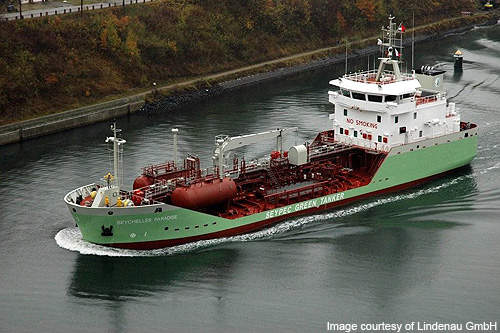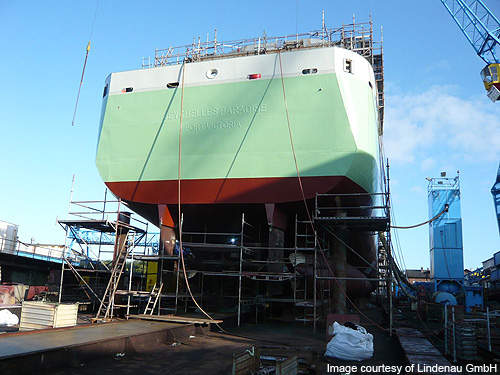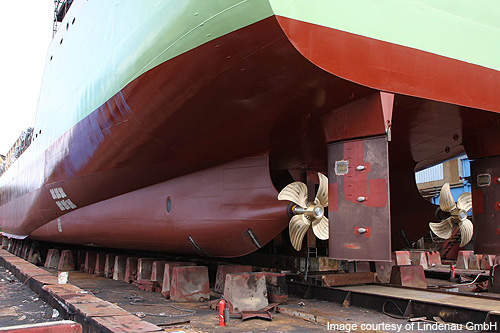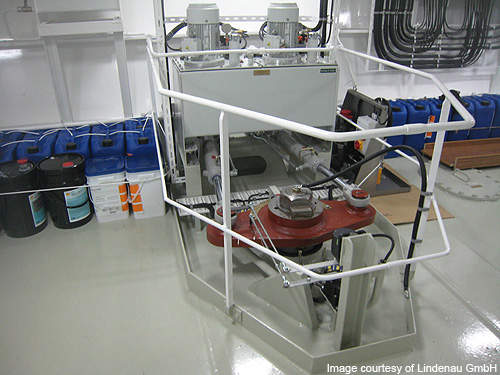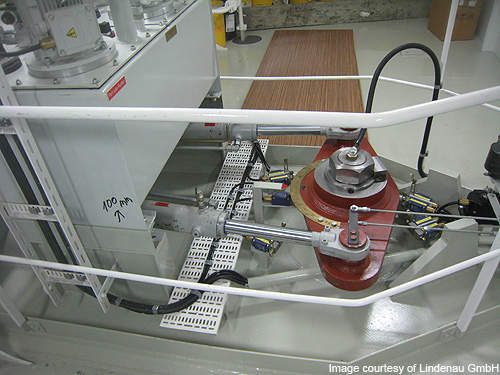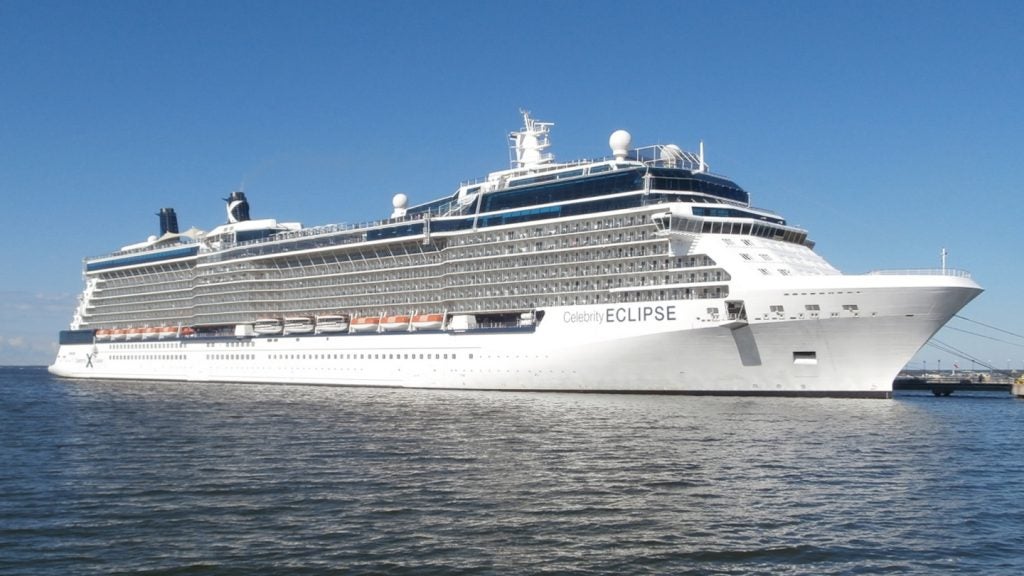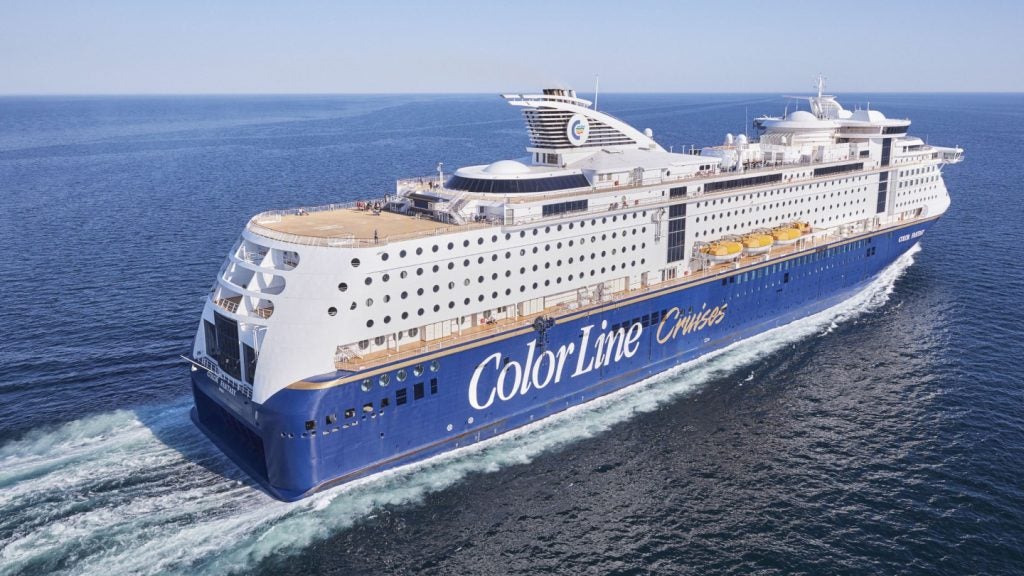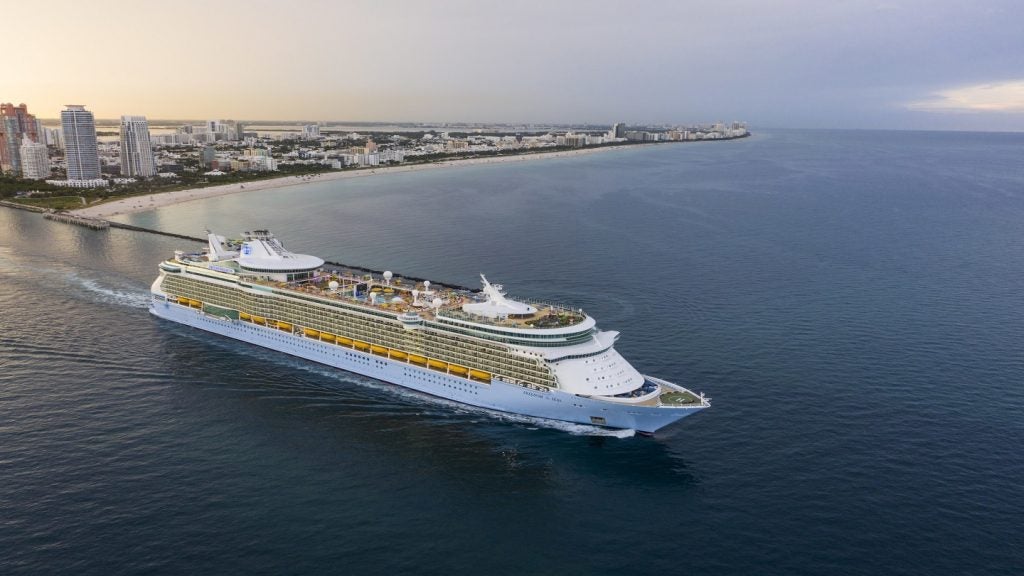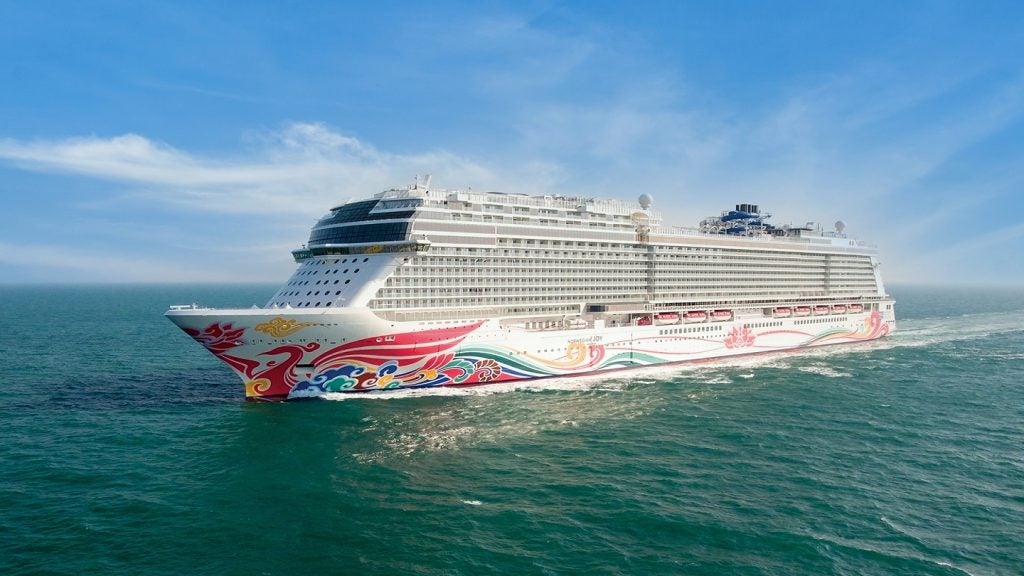Seychelles Paradise is a small coastal tanker, which was delivered in October 2009. It was built according to a directive passed by the Republic of Seychelles Government to improve its marine infrastructure and save the islands from oil and gas pollution.
The vessel was built with the aim of supplying the Seychelles islands with oil products and liquefied gases such as LPG, and to be used as a bunker ship for foreign vessels that anchor at the Victoria harbour. The vessel will also be used as an educational and training vessel to educate and train officers and seamen for the national fleet.
Ordered by national shipping company Seychelles Petroleum, the vessel was designed and built by Lindenau, Schiffswerft & Maschinenfabrik in Kiel, Germany.
Seychelles Paradise design
The double-hulled tanker was specially designed to be environmentally friendly. A flexible bunker service with changing drafts and slack cargo tank is the result of optimised hull form and main dimensions.
The optimisation process during the design phase resulted in a reduction in fuel consumption and emissions.
Propellers, twin rudders and a bow thruster ensure manoeuvrability, soft power control and maximum safety against casualties.
The vessel is provided with two ballast pumps of 100m³/h capacity, main and emergency fire pumps, a fuel oil separator, a freshwater generator and a sewage treatment plant.
The vessel has an overall length of 67.80m and a moulded breadth of 13.20m. The length between perpendiculars is 63.70m, moulded depth is 5.20m, design draft is 3.90m and scantling draught is 4.20m. The deadweight is maintained at 1,785t.
Oil cargo volume is 1,700m³, while LPG volume is 118m³. The gross tonnage is 1,545t.
Accommodation
Up to 15 crewmembers can be accommodated in eight cabins provided with individual sanitary compartments. A catering area is located at poop deck level and includes a mess room, galley, provision storage and a combined office / dispensary room.
Cargo and deck machinery
In order to ensure short discharge times and minor cargo residues, the stiffeners of the main deck face outwards. Tanker’s cargo space consists of six (2×3) epoxy-coated cargo tanks with smooth surface. All oil cargo tanks and fuel service tanks are protected by the double hull.
The cargo system comprises four frequency-controlled screw pumps with a simultaneous discharge rate of 600m³/h, stainless steel pipes, high level and overflow filling alarms, a radar ullage system, portable tank washing machines and high-velocity PV valves.
The vessel is equipped with a computer-based cargo monitoring and indication system. The cargo pumps, cargo valves and ballast valves can be operated by a central computer operated remote control system installed at the wheelhouse control desk.
A 5t, 16m capacity manifold crane, three cargo flow meters, two oil spill recovery units, special fenders, and recessed and covered bridge wings are installed especially for the bunker services. Two anchor / mooring winches are installed at the fore, while one mooring winch is provided at the aft of the vessel.
Seychelles Paradise propulsion
Seychelles Paradise is powered by two Volvo Penta main engines with box coolers. Output of each engine is 473kW at 1,500rpm. There are two gear boxes with reduction ratio of 1:5.93 and output speed of 253rpm. Each of the three MAN D2876 LXE 301 gensets alternators is capable of generating 400kVA at 1,500rpm.
There is also a Cummins 6BT 5.9-D(M) harbour / emergency genset rated 75kVA at 1,500rpm.
The vessel is fitted with two controllable pitch propellers of 2m diameter, one 150kW bow thruster and two high-efficiency rudders.
Navigation and communication
Safe navigation of the vessel is achieved through an integrated bridge system equipped with two anti-collision radar systems and an electronic chart display and information system (ECDIS). The vessel is also equipped with an automatic identification system (AIS).
Other navigation and communication systems installed in the vessel include a global maritime distress safety system (GMDSS), global positioning system (GPS), gyro compass, chart plotter, engine monitoring and fire detection system, and MF/HF and VHF radio equipment.

